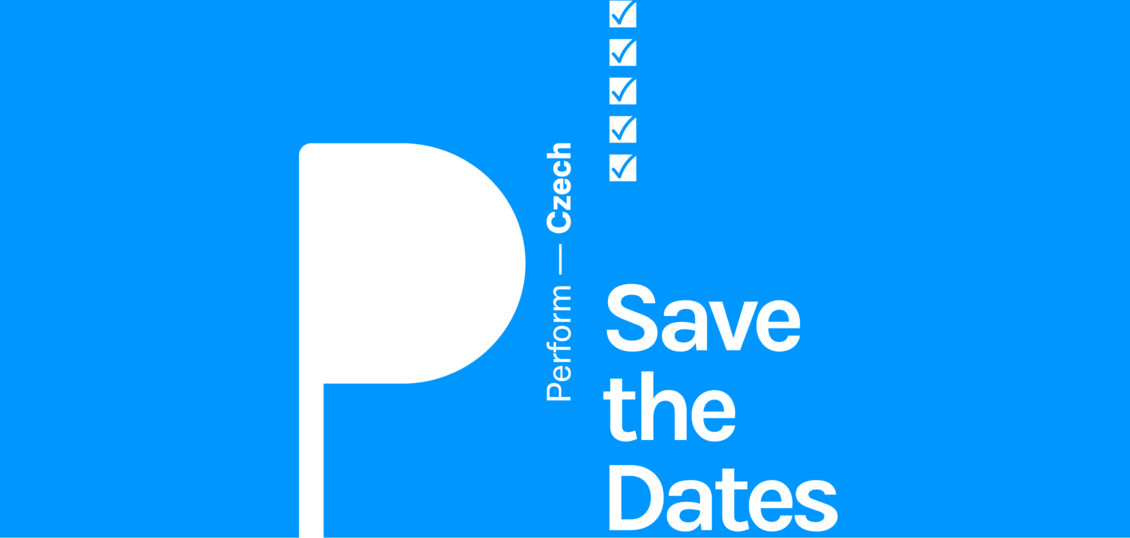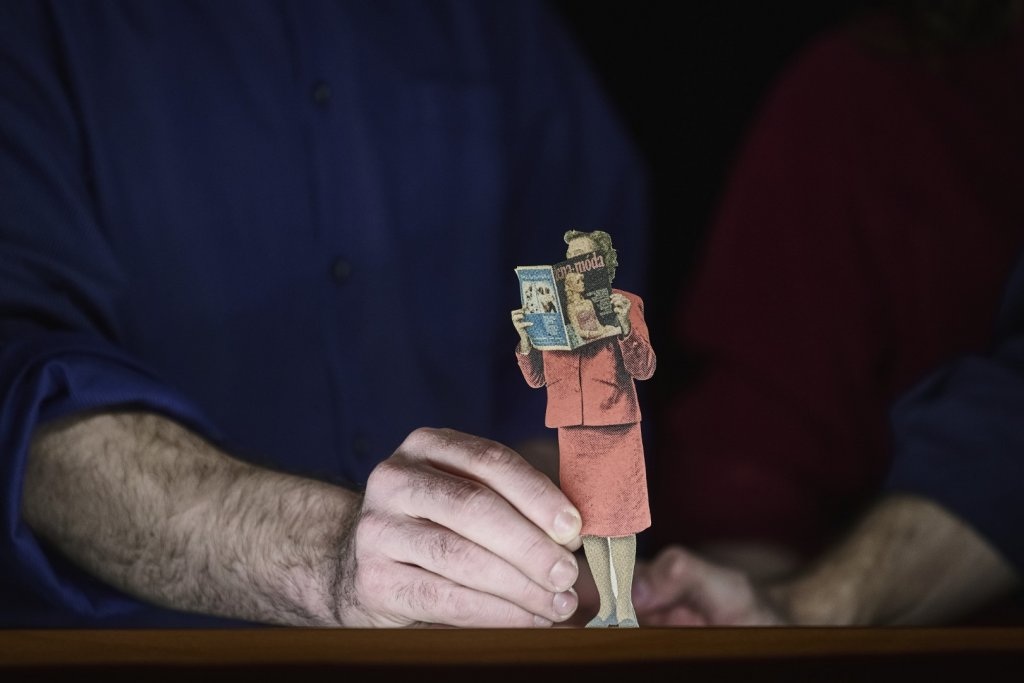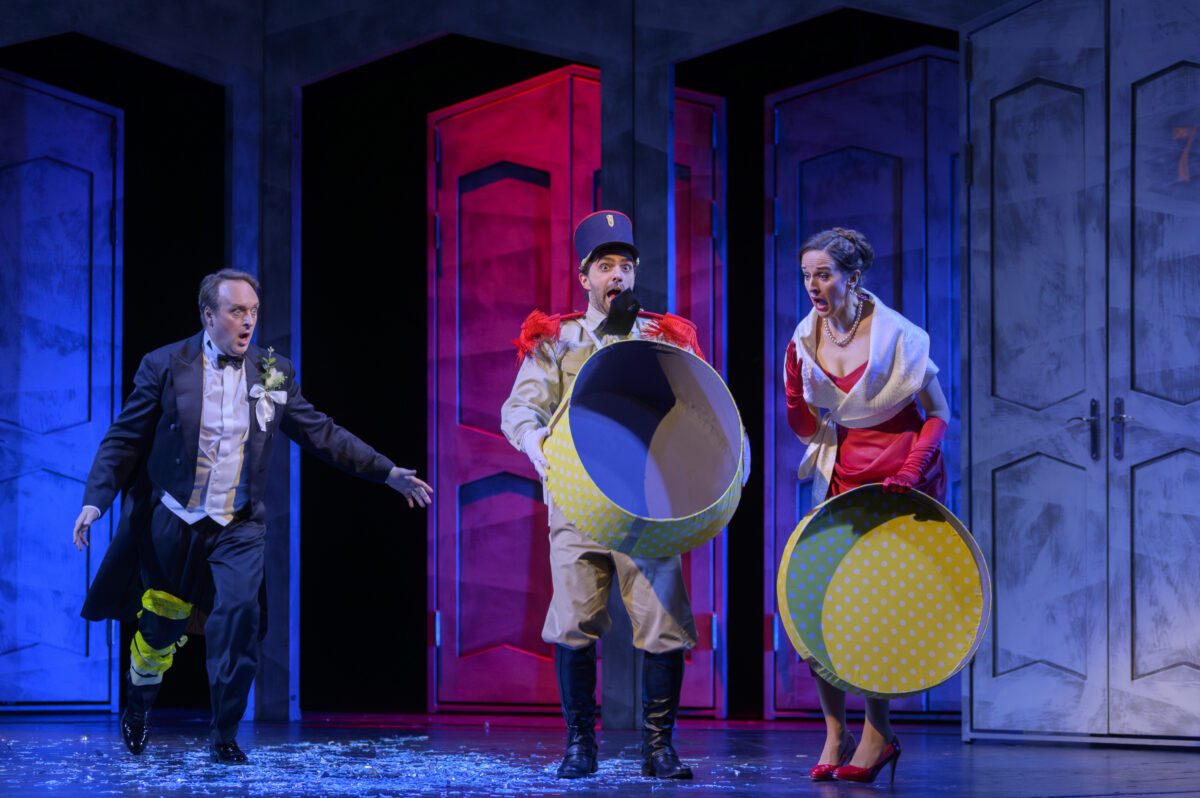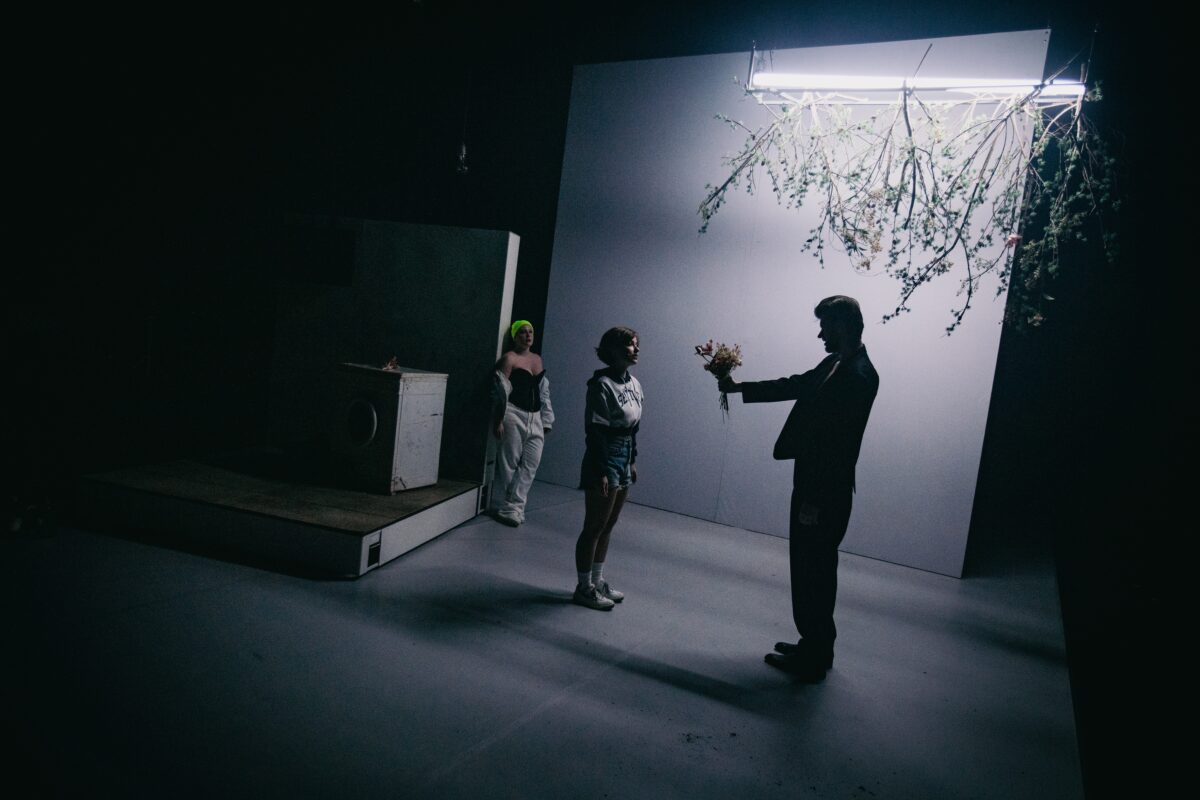Interview with ELIŠKA BRTNICKÁ
For me, Space is Essential
ELIŠKA BRTNICKÁ is a performer and acrobat and an important figure in Czech physical theatre and contemporary circus. In 2010, she founded Cirkus Mlejn and produces her solo projects, along with other work, under this label. Eliška uses expressive physical language to examine and process topics that touch her deeply. Her projects are often presented in non-theatrical spaces, including factory chimneys, bridge constructions and high glass walls.
Read on to find out how she experienced the last four years, why space plays such an important role in her work, what’s behind Fun Fatale, her festival of women’s circus, and what, according to her, makes Czech circus rare.
If you had to describe a few of the most essential moments for your work from 2019-2023, what would they be?
My case is specific, because my second son was born in January 2020, so for me,
the entire period of the SARS-CoV-19 pandemic merged a bit with motherhood. But even so, I was quite influenced by the anti-pandemic regulations. Most of all, I think, in the sense that I started to think about how to work with the limitations/precautions, and how to bring them into play, which many other artists around me were doing too.
Logically, a lot of events moved online, but the most significant ones were those that strove for interaction, even in that mode of presentation, and weren’t just a live stream of a show. That’s why we came up with an interactive online format for our existing production, Hang Out. Under normal circumstances, it’s performed in public space and deals with the things you’re not allowed to do there. It’s an audio walk and the audience stops at places from which they can see me from various distances. We started to make this production in 2018 and it’s just by chance that it intersected quite well with the pandemic after it premiered in 2020. Part of creating the online format I mentioned involved an open call to the audience to send us audio recordings of their stories of overcoming a prohibition. This led to the creation of a database, which anyone could then open and enjoy as a kind of “theatre for one spectator/listener”. It raised quite fundamental questions like, “What is theatre?” and “Is this still theatre?” And thanks to this, I too started to expand my understanding of theatre and art in general into another dimension.
The war in Ukraine was another big impetus. As an artist, I mostly asked myself questions about the meaning of my work and whether it would be better to do other work. A lot of topics came up, such as disinformation, for example, which gave me the desire to work in a documentary style.
In the period we’re discussing, you created a number of projects which have gone on to be performed in various spaces. Some work with a site-specific format, while others have multiple versions for different spaces. What does working with specific spaces and space in general mean to you?
For me, space is an essential unit. I understand it as the foundation for set design, choreography and dramaturgy. It has a strong influence on the atmosphere of the performance, including audience expectations. In some of my projects, the space was the beginning, the point of departure, and I let it inspire the rest of the creation process.
This is how the production Fish Eye, which was entirely informed by the pandemic situation, came about. In February 2021, the Cirkopolis Festival was trying to adapt to the measures then in place and had the tagline #cirkuszasklem (circus behind glass).
They offered me and other artists space in one of the glass vaults on Náplavka, the Prague embankment. I fell totally in love with the space. As an aerial acrobat, I was unsure at first how to manage without a suspension point, but the problem soon gave rise to new possibilities. Working with a rigger, we tried using suction cups designed for handling glass to climb on the glass surface. And it worked! At the same time, the space evoked an aquarium and the aquatic creatures that move around in it, which gave rise to the theme and choreography. I think that water and the Vltava River, which flowed alongside the vault, also played a subliminal role in the creation process.
In general, I would say that I am most interested in how a particular space inspires me to move and compose, whether in an acrobatic or dance vocabulary. In a non-theatrical space, I work primarily with the audience’s sightlines; the viewing angle can be really specific and create an atmosphere. The audience can watch performers on the ceiling, for example, or in a hole, or they can watch from a great distance, like in Hang Out. The physical parameters of the space are everything, including the materials and the composition of the body within them.
In May 2023, the 12th edition of the contemporary circus festival Fun Fatale, of which you are the artistic director, took place. The festival presents exclusively women’s projects from around the world. Why is the program so gender-specific and what does it bring to the out-of-Prague regions where it takes place?
Fun Fatale wants to support women in the arts, particularly in the field of contemporary circus, because the conditions are simply not equal. Working in the movement arts presents women with particular complications. Often, they debate having children at all, due to the impact on their physical condition and if they do decide to have a family, many delay it quite a bit. They are afraid they will be unable to return to their work.
Fun Fatale does not endeavour to be a feminist festival, but rather to create a platform that gives artists the resources and opportunities to meet each other and make contacts without having to be compared to men. The festival presents both Czech and international work in the field, which opens the door to international collaboration.
The first editions of the festival took place in Prague with some performances in the regions. Gradually, however, we fully relocated to Jihlava. Prague seemed oversaturated to us, while there are only a handful of such events in the regions. For many locals, our program in public spaces is something they’ve never seen and quite possibly never imagined.
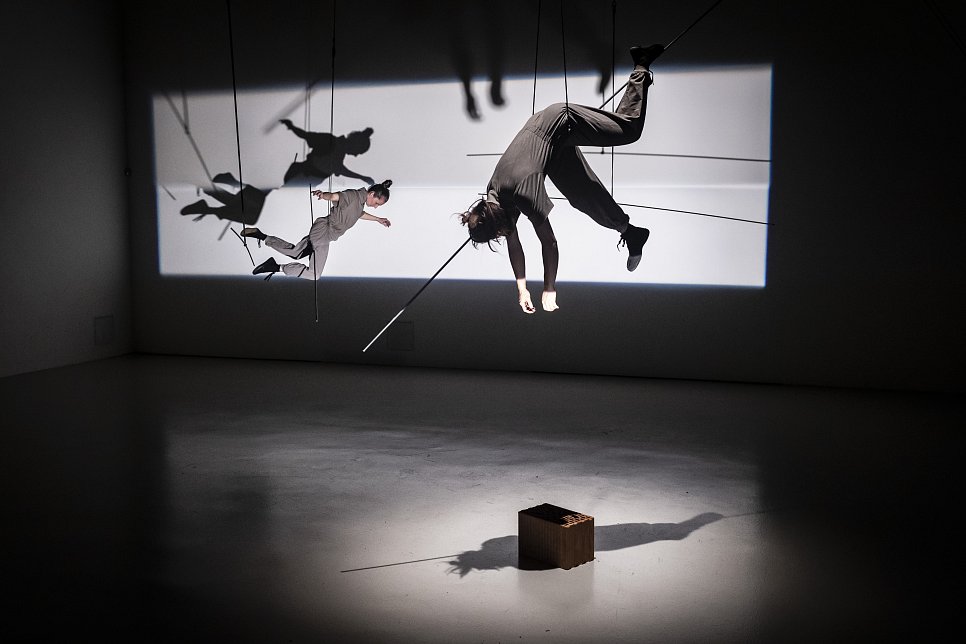
You have experienced studying abroad (CNAC in Châlons-en-Champagne) and have collaborated with international artists (Ilona Jäntti, Stéphanie N’Duhirahe), which allows you to compare. In what ways do you feel that Czech contemporary circus is “rare” or one of a kind?
The main difference in comparison with abroad is that we don’t have an accredited circus school in the Czech Republic. Czech artists working in contemporary circus have theatrical or gymnastics backgrounds and, of course, this has a big influence on their work. In the past, theatre-makers often focused on the story and acrobatic skills played a supporting role. Gymnasts, on the other hand, emphasised acrobatic techniques and spectacle. In contrast to this, there are artists abroad whose background and education are entirely in circus and their artistic research is generally based on their acrobatic discipline. They’re looking for a new language that doesn’t have to be rooted in theatrical principles or stunning skills. Often a particular law of physics is at the centre of events.
In recent years, however, the approach to making circus work in the Czech Republic is slowly changing. This is because some Czechs have returned from abroad, where they studied in circus schools, but also because circus has started to become better friends with contemporary dance and physical theatre. Training centres have opened and circus platforms, like Cirqueon, have developed to support education, international collaboration, etc. Thanks to this, lots of small ensembles and individuals are emerging and their work is quite varied.
categories
Contemporary Circus / Interview

 Learn
Learn
